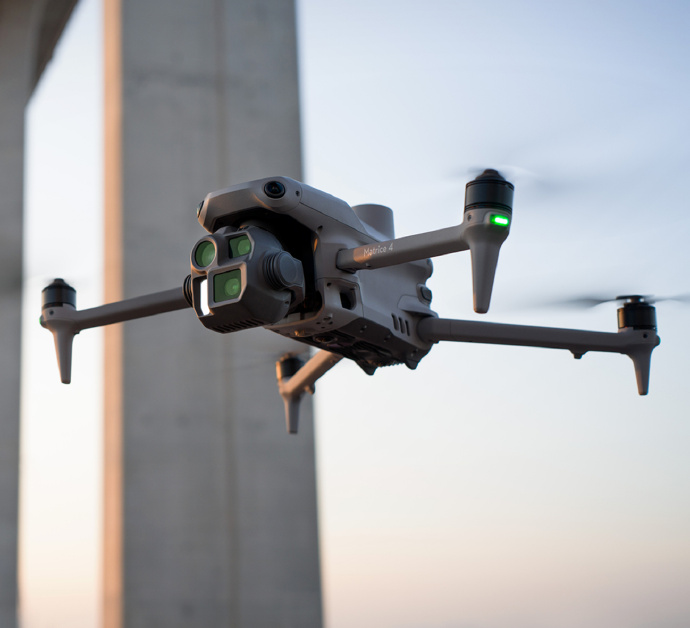When it comes to aerial photography, a pro drone with camera truly elevates the experience by offering unparalleled features that make capturing the perfect shot easier than ever. These drones are equipped with high-resolution cameras capable of taking stunning photos and videos from the sky, offering a bird’s-eye view that was once only accessible to planes and helicopters. Explore the advanced features of these drones and understand why they’re essential for professional and amateur photographers alike.
High-Resolution Cameras
The heart of any pro drone with camera is its high-resolution camera. Most professional drones come equipped with cameras that can shoot in 4K or even up to 8K resolutions. This means you can capture every minute detail of the landscape below without any loss of quality. These high-quality cameras often have large sensors, usually 1-inch, which provide better depth of field and low-light performance. Many drones also offer features like HDR (High Dynamic Range) to help balance exposure in shots taken in contrasting lighting conditions.
Stability and Control
Another vital component is stability. Pro drones are designed with gimbals that offer 3-axis stabilization to minimize shake, ensuring your shots remain steady even in windy conditions. Advanced control systems further enhance stability, giving you more control over your drone’s movements to execute intricate camera maneuvers. The remote controls often include features like customizable buttons and telemetry that display critical data such as altitude, distance, and battery life in real-time.
Intelligent Flight Modes
Modern pro drones with cameras come with a variety of intelligent flight modes that can help automate the process of capturing professional-grade footage. Features like Follow Me, Orbit, and Waypoint navigation allow the drone to autonomously track subjects or follow pre-planned paths. These modes free photographers to focus more on the composition and timing of their shots without worrying about piloting the drone.
“With intelligent flight modes, photographers can capture dynamic and complex scenes that would be otherwise impossible manually.”
Extended Flight Time and Range
Battery technology in drones has significantly improved, allowing pro drones to fly for extended periods—typically around 30 to 40 minutes on a single charge. Additionally, advanced drones feature long-range capabilities, sometimes exceeding 10 km, allowing the pilot to explore vast areas and get shots from distances that were previously unthinkable.
Advanced Safety Features
Safety is a paramount concern with drones, and modern models include a plethora of safety features. Obstacle avoidance systems use sensors to detect and avoid potential collisions, ensuring that your drone returns safely to you. Return-to-home functionality allows the drone to navigate back to its starting point automatically if it loses the signal or reaches a low battery level.
User-Friendly Interfaces
The user interface of remote controls and accompanying mobile apps is crucial for a seamless flying experience. Many pro drones offer intuitive interfaces that display comprehensive flight data and camera settings, accessible both on dedicated controllers and mobile devices. Some models even allow for real-time video streaming to share your aerial journey instantly on social media platforms.
Owning a pro drone with camera opens up a whole new world of photographic possibilities. It’s crucial for photographers and enthusiasts to invest in a drone that not only fits their budget but also includes the specific features necessary for their style of photography.
opens up a whole new world of photographic possibilities. It’s crucial for photographers and enthusiasts to invest in a drone that not only fits their budget but also includes the specific features necessary for their style of photography.
FAQs
1. What should I consider when buying a pro drone with a camera?
Consider the camera specs, battery life, flight range, and additional features like obstacle avoidance and intelligent flight modes.
2. Do I need a license to operate a pro drone?
In many countries, you need to register your drone and might require a license depending on its weight and intended use.
3. Can drones be used in no-fly zones?
Drones are restricted in areas like airports and some national parks. Always check local laws to ensure compliance with no-fly zones.